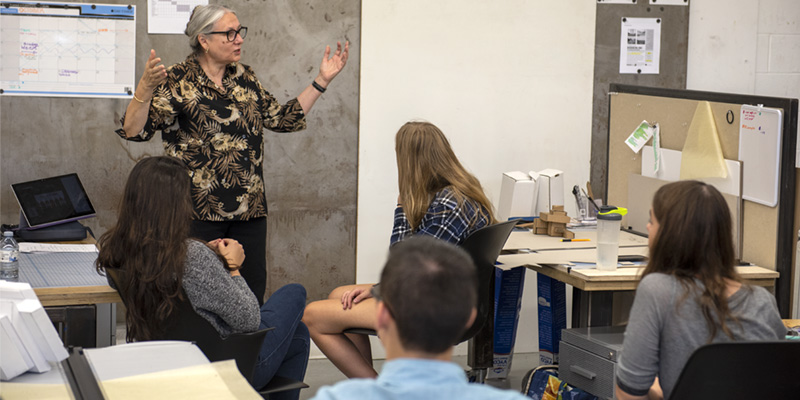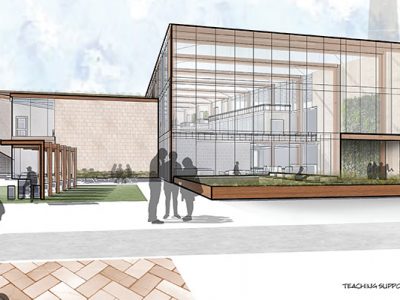As someone whose world has revolved around bricks and mortar all of my professional life, the current shift in attitude towards space and place has been interesting to watch from the sidelines during these past few weeks. Throughout history there have been longstanding differences among disciplines about the meaning of space and place, far too many to discuss in a few short paragraphs. So I will concentrate on a view of place from the perspective of architecture and teaching, the lens through which I am most comfortable.
Place is generally considered a location in space where particular activities occur with specific kinds of interaction and relationships. It is the setting for the everyday occurrences of life. It can be permanently fixed, as in the case of architectural structures, but it can also be fluid, constantly changing, evolving, and responding to the temporal nature of the social landscape that informs it. In the case of a campus it is a complex spatial organization shaped by the rooms, buildings, faculties, departments, students, instructors, and staff that occupy it. The campus as place is dependent on both collective and individual experiences and the acknowledgment that a sense of community is based on multiple narratives. The classrooms we teach in are neither positive nor negative spaces. We don’t own them, or generally alter them for the one, two or three hours we teach in them, yet they can and do often become amazing “places” while we are there. These places frequently contribute to students’ feelings of belonging, and their awakening of curiosity, self-expression, and reflection. Yet it’s not simply the classroom’s physical configuration and design that contributes to the creation of place. Sure – size, room organization, lighting, colour, acoustics, material selection, and furniture arrangement are all conducive to teaching and learning, but the facilitation of student agency and the creation of community is through the construction of place, which is primarily done by the instructor, the architect of the class.
Placemaking broadly refers to the ways places are built, and in the context of a campus and specifically, classrooms, it is the practice of planning, designing and developing a sense of place. So what happens when we must abandon our physical spaces, the material aspect of the places we’ve occupied and created in our classrooms for our classes? Can a suitable balance be maintained between virtual and implied place as we shift towards increased physical distance, electronic communication, and a modified sense of locality? Can we construct the distinctiveness of place without actual space? We know place is often used to connect with others as a part of a network of relationships that enhance our appreciation of diverse identities. So as instructors how can we construct and organize new places of learning, and provide a degree of distinctiveness and engagement as we move to our on-line environments? Online learning is now a part of the lived experience of our students, and it is through this connection that place must be reexamined, and restructured. We’re obliged to seriously consider the significance of networked space, and its emergent relationship with our understanding of embodied place.
As the architects of our classes, we must be conscious of the places we create no matter where they’re located. A multitude of seemingly endless decisions need to be made but when they magically come together, that wonderful sense of place can be greater than the sum of its parts. Can you learn how to become a good designer/architect? Sure, absolutely, if you’re willing to put in the time and hard work. As you’re designing, your concept of place will constantly require questioning and revisioning in order to meet the individual and collective needs of the class. There will always be programmatic requirements that must be met but your place becomes richer and more expressive when it manages to capture the relationships, activities, and meanings within the setting. This isn’t an easy task, building anything never is, but when you’ve created that sense of place by putting together all the right pieces, you’ve begun to understand the power of place to both inform and transform. The difficult act of placemaking then becomes unbelievably exhilarating for both you and your students. Good luck!
Dr. Veronika Mogyorody is the founder and past coordinator of the interdisciplinary Visual Arts and the Built Environment [VABE] program associated with the University of Windsor's School of Creative Arts, and the University of Detroit Mercy's School of Architecture. Recognized for her educational leadership, Dr. Mogyorody has been honored with a 3M National Teaching Fellowship and awarded the Brightspace Teaching and Learning Innovation Award. She is currently a Teaching and Learning Senior Fellow at the Centre for Teaching and Learning.




Comments